Resistance and Geography:
Jesse Lerner and the Maya of Modernism
1 Mar 2012
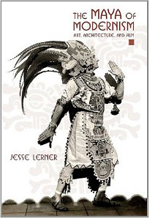
Maps are constructions. They are based upon emotional, fictional, psychic realities presenting the "real" by design and through input of data. They include coordinates, description, and measurement of "place." They are layered, changing in geospatial make up with new technologies such as augmented reality and 3D modeling. One set of data defines the map's boundaries. Where will the map begin and end? What are its borders? Other data is the added. What is the map showing us? Is it a specific terrain or something other, subjective, intuitive, fictional, accumulated? A third is use of the map, after completion, is its interpretation and cultural currency. Where the map is published, archived/stored--who its audiences are--explains or contributes to its readings, and are keys, thus, to the map's meaning. The map is an artifact of these processes. In a post modern critique, we have developed vocabularies for determining the space of truth in mapped form, interpreting what we look at through multiple readings. A line drawn in the sand between points 'a' and 'b' is one kind of map, and obviously, can be refined to include sophisticated cartographic thought.
The Author
Curator, filmmaker, scholar of "fakes",and professor of Media Studies at Pitzer College in Los Angeles, Jesse Lerner has written a remarkable, entertaining and enlightening book about specific uses for ancient Mayan culture within western global culture: The Maya of Modernism: Art, Architecture and Film. In the book, Lerner extrapolates from examples of modernist culture which "include" the Mayan and/or use it's idea as a viable past from which to draw upon. The book is a finely tuned study: how Mayan art (particularly their architecture) has been appropriated by or has influenced certain trajectories of Mexican governance and identity in relation to North American and European cultures.
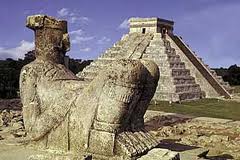
Lerner's personal preoccupation with the realm of falsehood (see author's site below) in relation to scholarly evidence is demonstrated herein in numerous intensely detailed evaluations of modern artworks in terms of possible Mayan "readings." His well-executed forays lead the reader into an historical discussion, beginning from before the turn of the twentieth century, which has exploited "Mayan" subjectivity for one reason or another. British architect Robert Stacy-Judd's "Mayan Revival" Aztec Hotel, for example, was even wrongly named "Aztec" by Stacy Judd, who had decorated its exterior with carefully studied Mayan motifs (the architect had traveled extensively in the Yucatan; visited Chichén Itzá and Uxmal). This misnaming is acknowledged in Stacy Judd's own journal, where he admits the use of "Aztec" appealed to popular minds less aware of Mayan history.
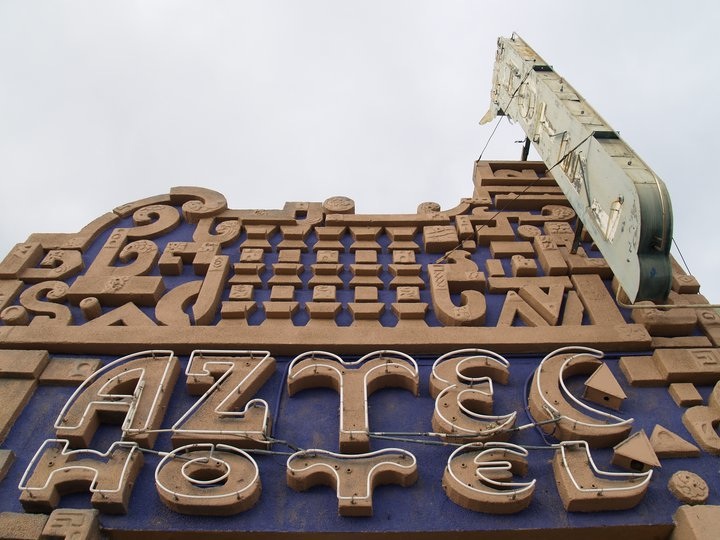
Lerner's research is full of such expositions of assimilationist values as he deftly illuminates a legacy of assumptions and documentations about the Mayan subject. Until the late nineteenth century, for example, theories of Mayan culture being the seat of human civilization were considered credible. Lerner writes eloquently on theoretical, if not spiritual needs, for scholars of that time, to make such claims; to seek and document Chichén Itzá as a 'point of origin' from which humanity's birth could be imagined, not unlike contemporary fascination with the dinosaurs and what life before humans would have been like. New methods of analysis as a result of new technologies enable analysis of fossils in ways thought unimaginable. (see BBC documentary series, 'Planet Dinosaur')
Ruins
Prominent theories of origins, emanating from the Le Plongeons, an archeological husband/wife team, and religious scholar, Abbé Brasseur de Beaubourg, were eventually marginalized as the discipline of archeology developed towards the late 19th c. In archeology, both aviation and aerial photography now enabled excavations and ruins to be pictured and mapped in greater detail. (Lerner, 151) Aerial photography, used on a dramatic scale during World War I, was regularly adopted in science. Thus, sites and places hitherto known only through drawing, journal accounts, land-based photography, oral history and painting were the subject of photographic investigation and re-mapping.
Quoting Susan Buck-Morss on Walter Benjamin at the end of the book:
"the ruin...is the form in which wish images of the past century appear, as rubble, in the present. But, it refers also to the loosened building blocks (both semantic and material) out of which a new order can be constructed." (163)
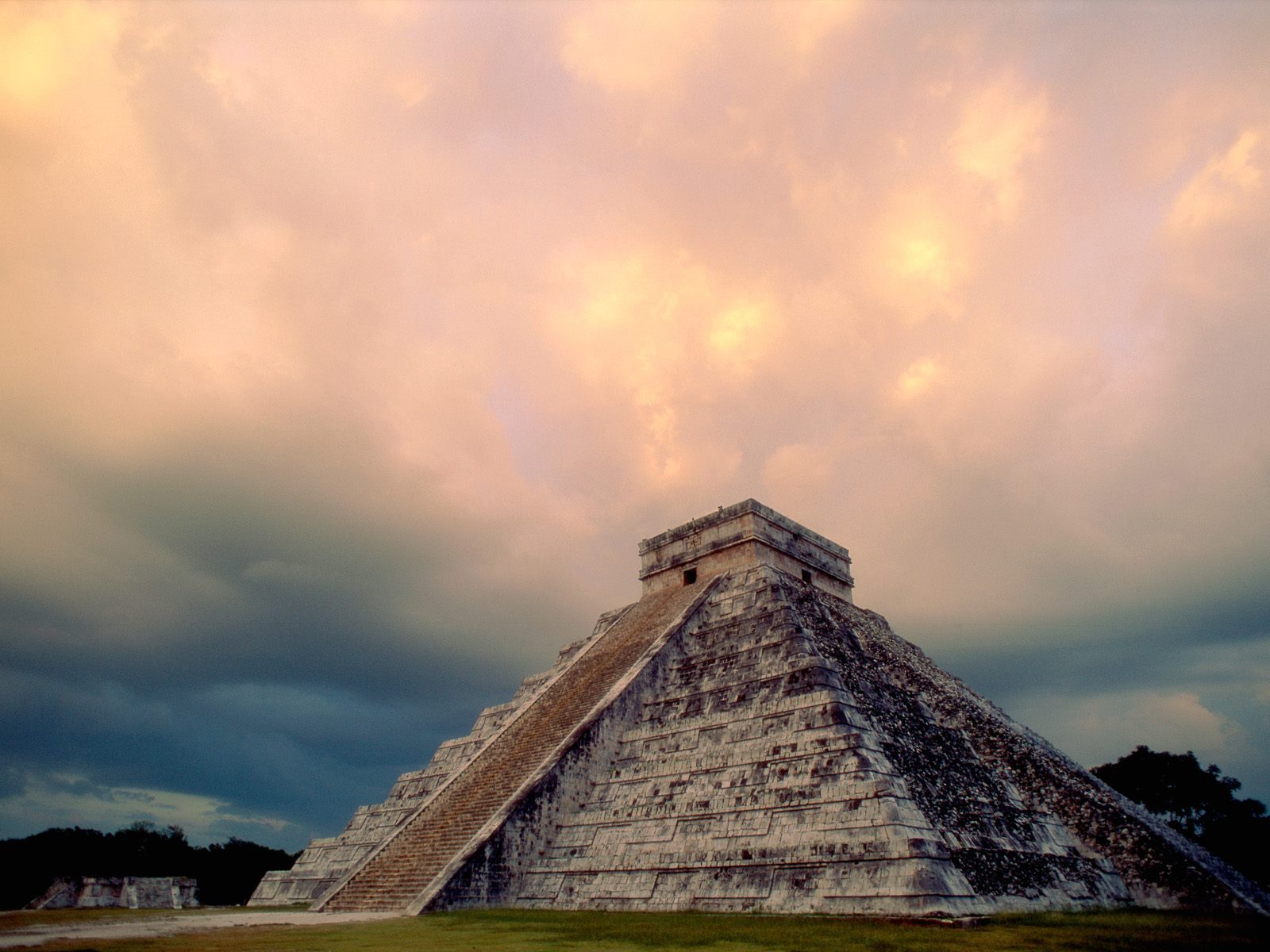
Arguably, the function of a ruin changes as ideas and capacities for understanding places change. In other words, even 'wish fulfillment' can be conceived as a modern psychiatric concern which no longer bears as much truth as it once did, or, rather, is constructed differently in a non Freudian vocabulary. Can we generalize about the experience of lost history? Is finding the origin for civilization as important an aim today as has been in the past? Lerner asks, 'How can something be both Mayan and modern?' If we no longer emphasize these pursuits, then culture's relationship to ruins as the object of study has also changed. We may ask significantly different questions in post modern times. For example, to whom does Chichén Itzá rightfully belong? In order for Navajo Indians to have right to their sacred lands, tourism at Monument Valley ends at 5pm. All visitors must leave. The Navajos and various human rights organizations fought for this right.
...todays' modernity ties in to a more pernicious use of space, its militarization along lines of a post-cybernetic technologies - namely the decentralized internet. Add to this defensive instrument, the more recent Global Positioning Systems (GPS) and Geographical Information Systems (GIS) originating in precision weaponry which map Earth according to satellite data, and we have a new platform upon which to view the progress of modernity and the empires of the past.
People's Media,Globalization, Modernity
Debunking master narratives, including those of modern architecture, has taken place with authority and relief in post modernity. We live with and include the indigenous. We valorize first person storytelling and people's media as a culture of resistance. Lerner gets to the core of this matter in his conclusions when he introduces the Raiz de la Imagen -- The 8th film festival of the Coordinadora Latinoamericana de Cine y Comunicacion de los Pueblos Indigenas---a film festival inaugurated in 2006 across 20 Indian communities in Mexico. Film and video made by these communities screened in courtyards and town squares or "on the wall of a municipal palace." (Lerner, 163) Here is the self representation of the Mayan Indian culture one longs for in the book. Lerner describes one video created by a local digital media artist in which the dominant image is of a small village policeman wondering what life would be like if he could become a cop in a bigger, urban city. The policeman seems somehow a signifier of Mayan "entry" into modernity; especially for a town without cops as Lerner describes. Does the cop symbolize modernity? Perhaps the answer lies in the many topics dominating the festival selection "chosen from over 200 entries and representative of recurring concerns"..."themes of control of ancestral lands, the environmental menace of rapacious multinationals in search of natural resources, and the demand for basic human rights and dignity". (163)
Does the cop symbolize modernity? Perhaps the answer lies in the many topics dominating the festival selection "chosen from over 200 entries and representative of recurring concerns"..."themes of control of ancestral lands, the environmental menace of rapacious multinationals in search of natural resources, and the demand for basic human rights and dignity".
Educated white Europeans, North Americans, and their empirical powers have defined concepts of modernity in these past centuries. Modernism in art was initially peppered with ingenious, radically-minded innovators from Walter Benjamin to Maholy-Nagy to Frank Lloyd Wright and has had endless play as a renegade movement which challenged conventions of art. Modernism responded to the development of industrialized urban space, new technologies, and western capitalism. Modernist philosophical connection to enlightenment discourses, to the development of concrete as a "plastic" building material, and to myths of progress was also transformed into self conscious attempts to maintain historical continuities. Myths of progress and liberation in 1950s American corporate fantasies of the future are one example, while Lerner suggests "skyscrapers" and "smokestacks" are recognizable "markers of modernity" (163)
Arguably, the modernity in which we are steeped today is more insidious; globalized and technological. Less a mere interest in stripping artistic works of decadent ornament (as was Adolf Loos' insistence) or a preoccupation with authenticity, todays' modernity ties in to a more pernicious use of space, its militarization along lines of a post-cybernetic technologies - namely the decentralized internet. Add to this defensive instrument, the more recent Global Positioning Systems (GPS) and Geographical Information Systems (GIS) originating in precision weaponry and which map Earth according to satellite data, and we have a new platform upon which to view the progress of modernity and the empires of past. Empirical, colonizing globalization supported by NAFTA, The WTO, the World Bank, and the IMF in the late 20th and early 21st c and enmeshed with powerful telecommunications industries expand first world "modern" ideas to third world countries. Literary and media culture professor, Lisa Nakamura rails against it in her book Cybertypes: Race, Ethnicity, and Identity. Nakamura offers a post colonial analysis of commercial advertisements from Oracle and Microsoft, on the grounds of their omission of the indigenous and explicit condescension about "bringing" modernity to the Third World. Nakamura's analysis resonates with Lerner's assessment of paradigms for the construction of the Maya and their "usable past" in which he locates this similar presumptuous voice in the idea that "the Maya" will be introduced to or "ushered in" to modernity.
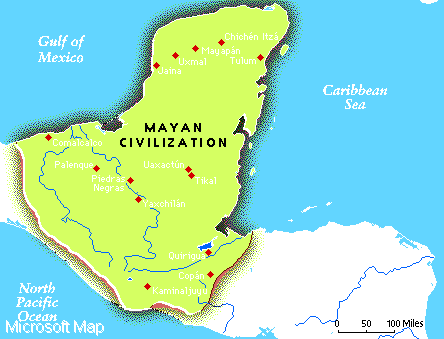
"Global cultures" affecting city centers across the world, as seen in hegemonic advertising and exploitation of third world peoples' is also touched upon in what French radical anthropologist Marc Augé's has referred to as "non places" (2004)-- a modernity defined by nostalgia for emptiness, aka motorways, hotels, airline terminals, escalators, and supermarkets -- or city centers lined with uniform malls of global brands: Starbucks, Juicy Juice, DKNY. This is the self-same monoculture already critiqued by Indian activist scientist Vandana Shiva, the World Social Forums, the anti-globalization movement and so on. This is the modernism already cried over for its destruction and universalizing of indigenous land, people, subsistence agriculture, and livelihoods. This globalization has already been named. It is a modernity through which indigenous, itinerant, local, non traditional, and elsewise culturally "invisible" Others do not want "liberation" or "entry".

Jack Cardiff (with Lewin) on Lewin's set
Maps
Once again, the map intervenes, operating as a geographical metaphor for freely associated thought, as well as a "real" geography and an explication of transitions from less technical depiction to our increasingly complex global surveillance "modernity" in which we all participate; where land and people are "seen" and "tracked"---measured---by technologies bought by nations and produced by capital.In Lerner's research, the map is explicit. He charts the nineteenth and twentieth century, where technologically speaking, modernity: the camera, the cinema, and the airplane (until post WWII) intervened in processes of theory-making and discipline. He navigates scholarly and artistic parameters around the cultural use and depiction of Mayan ruins and artifacts, including writings/lectures of Robert Smithson (with Virgina Dwan and Nancy Holt), film by Sergei Eisenstein, buildings by Robert Stacy Judd, and the enigmatic feature films of Albert Lewin, friend of Man Ray and a Hollywood-based collector of surrealist art. This writer posits an additional, possible reframing of Mayan Indian culture in terms of wireless technologies: the internet, mapping, and surveillance. This would parallel and augment Lerner's own perceptions of how Mayan culture has been altered, appropriated, articulated, copied, and interpreted, through time, especially, arguably, in the specific engineering of "access." For instance, the inauguration of a single road, from Merida into Chichén Itzá , in the 1920s, the effort of revolutionary leader/governor, Felipe Carillo Puerto, which not only enabled greater physical access to the ancient site thus greater documentation and excavation of the ruin, but served political interests in "stirring pride in the glorious Mayan past." Predictably, hospitality economies catering to global tourism have also flourished at the ruins' periphery.
This present era of wireless mapping technologies, offers our Earth's surface at a glance. How these technologies will be employed to destroy, or resist destruction of indigenous and ancestral lands, remains to be seen.
---Jesse Lerner had directed several feature documentaries including RUINS (1999) about forgery in artifacts. His new film,THE ABSENT STONE, is a feature set in Mexico's Central Valley, and deals with the removal of relics from their original spaces, overlapping with concerns of the book in terms of Mexican art and modernism. He was recently featured in a retrospective of all his films at the Cineteca Nacional in Mexico City.
Molly Hankwitz is editor of Otherzine and writes on new communication technologies.
---Links to works and films of Jesse Lerner
American EgyptSubcine Resources
Augé, M. Non-Places: Towards an Anthropology of Super-modernity,1995.
Hight, J. Revising the Map: Modulated Mapping and the Spatial Interface Parsons Journal of Information Mapping, 2010.